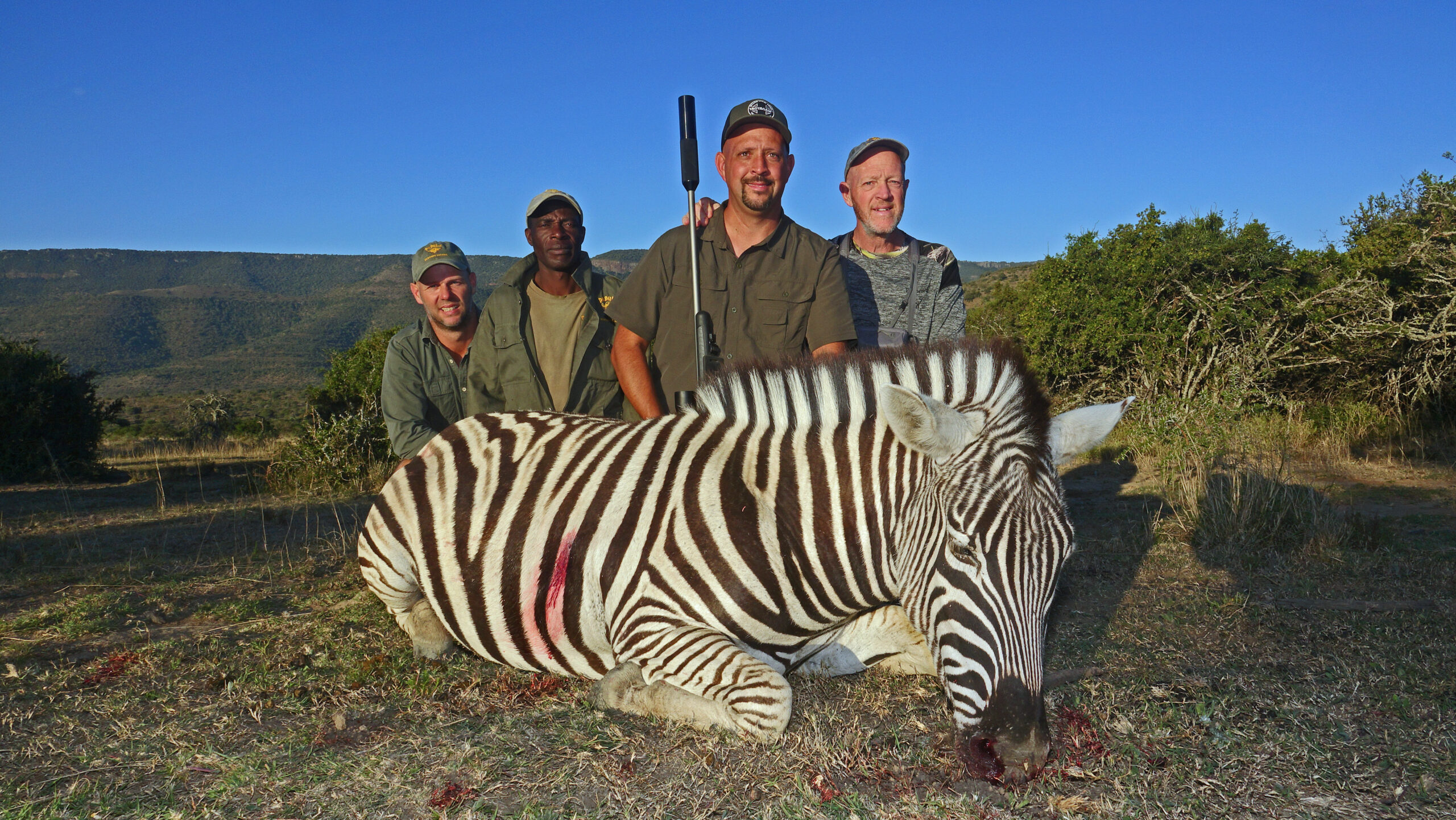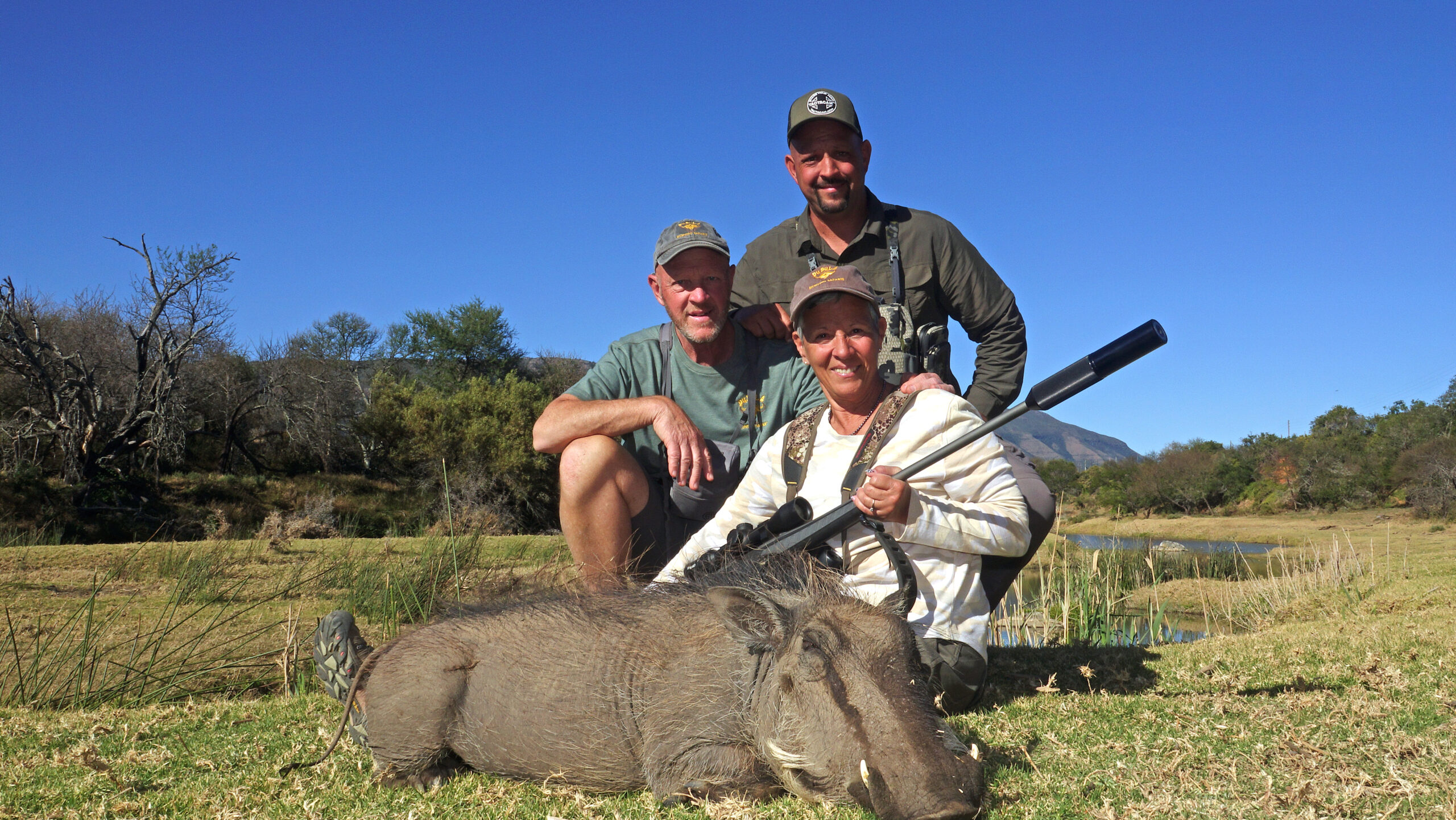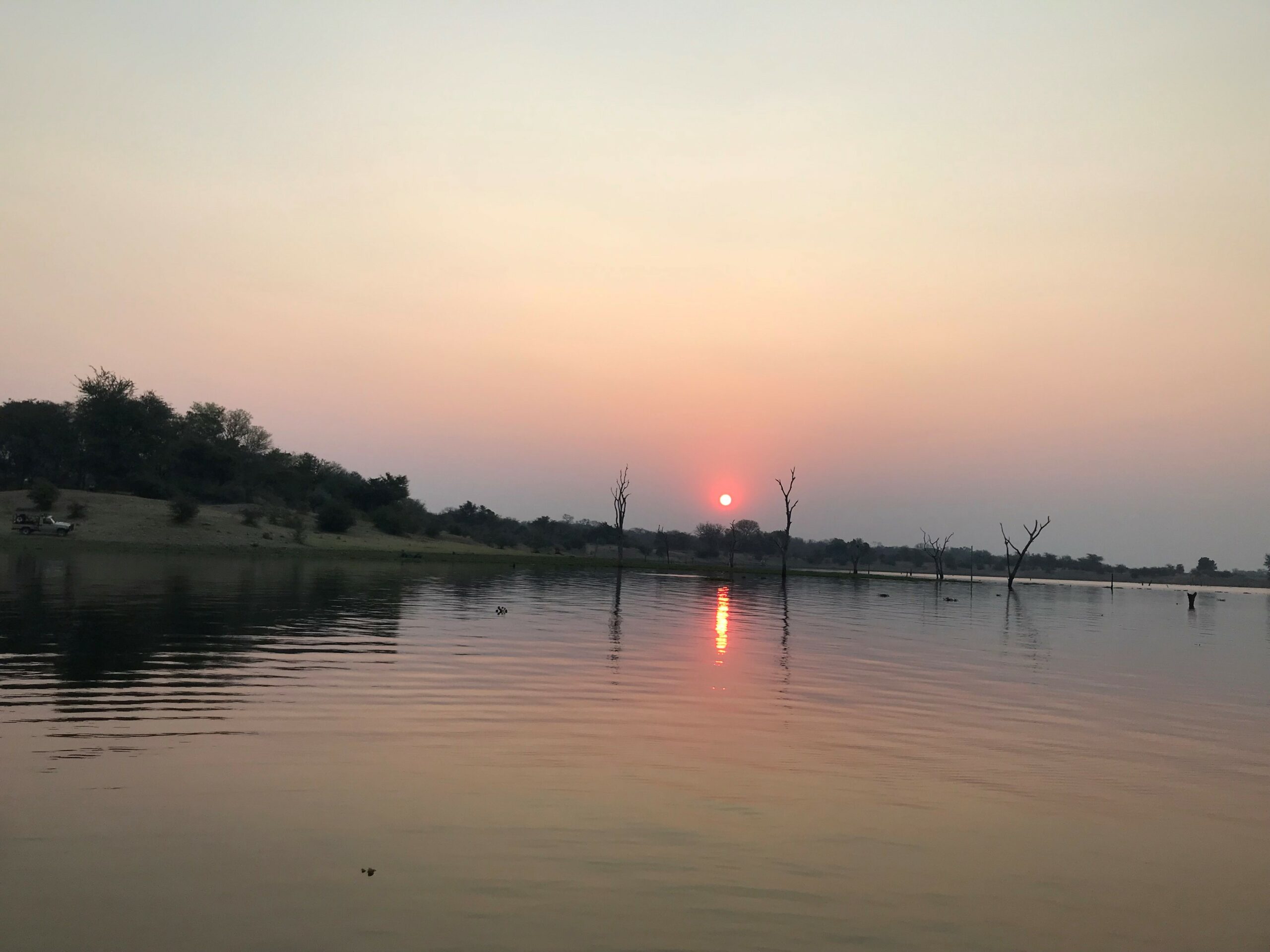By Kendal-Ray Kaschula
If there’s a cattle rancher reading this book, then you’re about to understand this next story better than anyone.
I lived on a cattle ranch from fourteen, and for as far back as my memories went, we were plagued by hyenas.
And no, they were not just any old hyenas. They were professors…..they were graduates in avoiding a bullet. They were the holders of PHD’s in how to avoid a hunter. They were the kind of hyenas that could put a sane person in a mental institute, and in a place as tough as Zimbabwe’s Lowveld, the last thing anyone needed was another reason to go insane, but who said the weary get to rest?
Hunting hyenas, was, and still is-in fact I’m about to go out and try shoot some the very evening that I’m writing this-a regular activity of mine. Baits, blinds, sitting on roads where they frequently walk, hanging around in trees like a bat, calling them-insert gag noise here-whatever could ever be done to kill a hyena, I did it.
And believe me when I tell you that such commitment gave me about a hundred adventures. Everything from jimmying electric fences so that I could slide under them like a fugitive, to calling in leopards and lions because they responded to the caller more than a hyena, to seeing and getting to witness an entire pack of wild dogs sing their night cry of howls, and, the list could go on.
I don’t regret those experiences, because they were beautiful, but I still would have liked to win against a four-legged spotted scavenger though.
Unfortunately, they won far more often than I did.
There was one occasion, when I was seventeen, fresh out of school and having passed my Learner Hunter’s License, I was left with an expanse of time that I decided-for the sake of hunting which I still adored, even if it was hyenas-and for the sake of the money doing PAC hyenas got me, that I would tackle the ranch’s hyenas with a vengeance.
And when I say vengeance, I mean vengeance.
Picture those medieval Vikings with six-foot beards, skins across their shoulders, and battle axes raised as they charged screaming like banshees into battle and then multiply their crazy by ten. That was my version of vengeance.
The only problem was that despite my dedication to the cause, they still whipped us every time. That year I spent more nights in a blind than my own bed, and on one occasion I nearly gave up.
We’d been hunting the same cattle killing hyenas-a pair of them-every night back-to-back for three weeks and Tracker and I were starting to resemble drugged zombies. Not to mention our patience was wearing thin to the point of being as brittle as spider silk-spider silk not produced by Golden Orbs(those things weave webs of steel)-and all around we were pretty run down.
I decided, after so many nights of sitting on kills that the culprits just wouldn’t come back to, that we should have a break. Just a week or so to recollect ourselves-maybe sleep-but, on the very day we were meant to start this, we were told of another cow that had been killed, and despite our resolve, we were clearly suckers for punishment, so back we went.




































































































